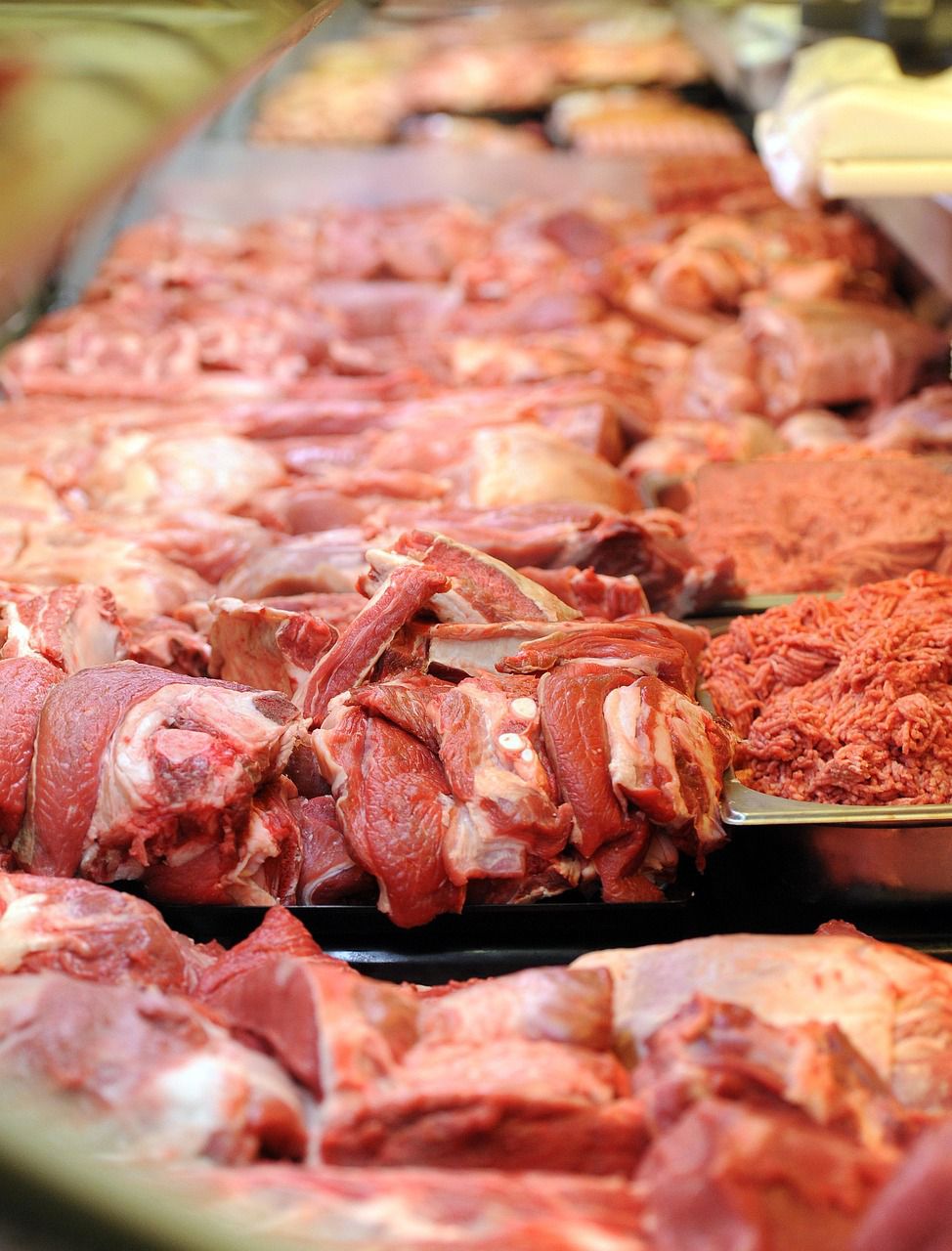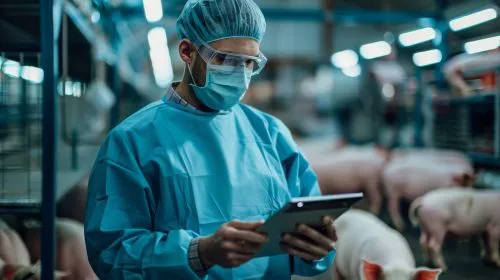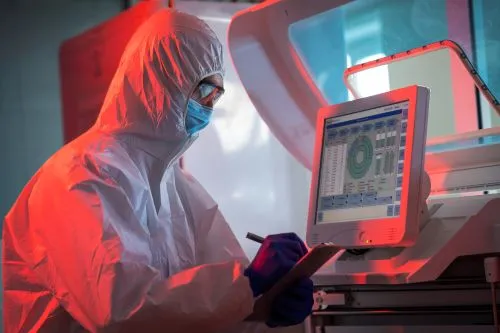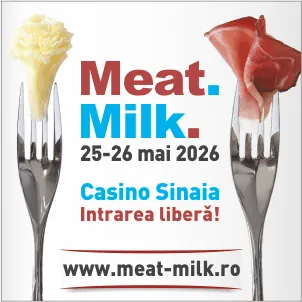
Traceability and Logistics – Strategic Imperatives in Romania’s Meat Industry
Romania’s meat industry is heavily regulated in terms of traceability and logistics—essential aspects for food safety, veterinary-sanitary control, and compliance with European standards. Traceability has become a mandatory requirement for all actors involved: farms, slaughterhouses, processors, and retailers.
In the processing stage, traceability involves accurately identifying the origin of each animal, recording the applied technological processes (slaughtering, deboning, packaging), and labeling the resulting batches with precise data. Integrated IT systems allow data to be tracked from the slaughterhouse to the retail shelf, including through scanning applications and unique codes on packaging.
Logistics plays a critical role: meat must be transported under controlled temperature conditions (0–4 °C for chilled meat) in specialized vehicles. Modern slaughterhouses are equipped with automated transfer and refrigeration systems, including buffer storage areas that help maintain a constant flow. Distribution networks also rely on partnerships between processors and retailers to optimize routes and ensure product freshness.
In recent years, investments in digital traceability and logistics optimization have led to a 10–15% reduction in distribution chain losses. Additionally, the implementation of certifications (HACCP, ISO 22000, IFS Food) supports the international recognition of Romanian meat processors.
Looking ahead, full traceability—“from farm to fork”—is expected to become the standard in the meat industry. Processors that fail to comply risk being excluded from modern distribution chains. Romania benefits from a growing livestock sector which, with appropriate logistical support, has the potential to become a competitive regional exporter.
(Photo: Pixabay)




